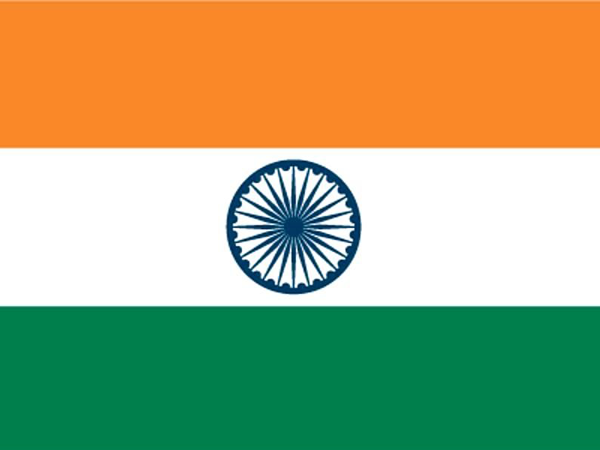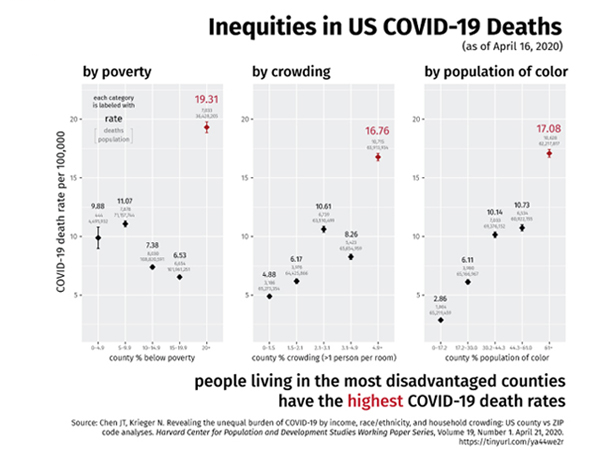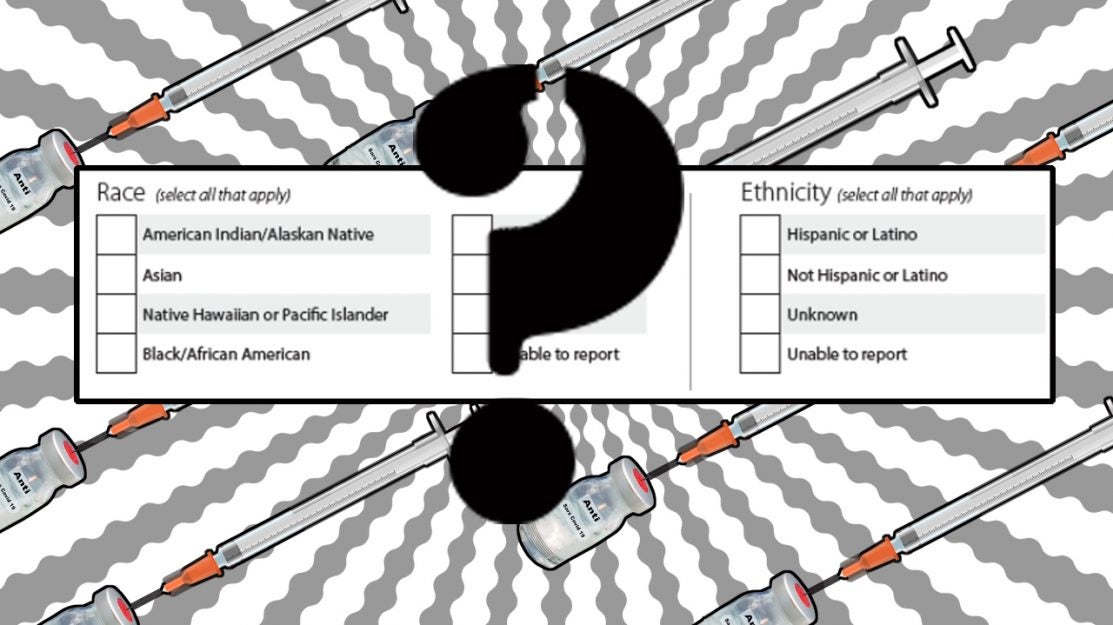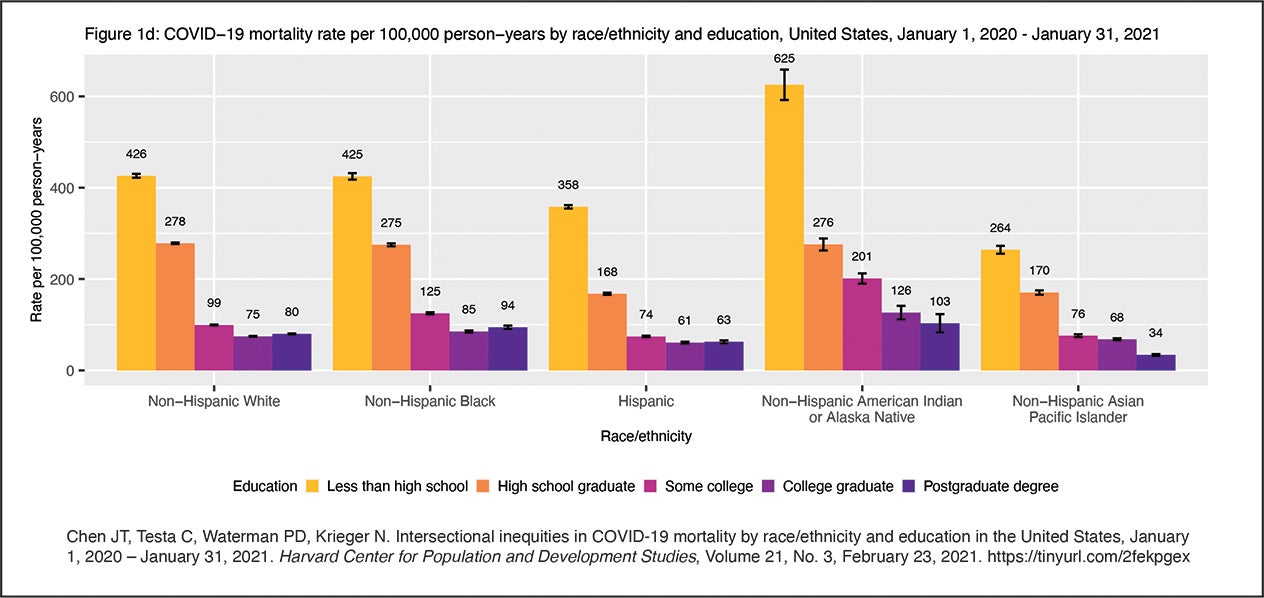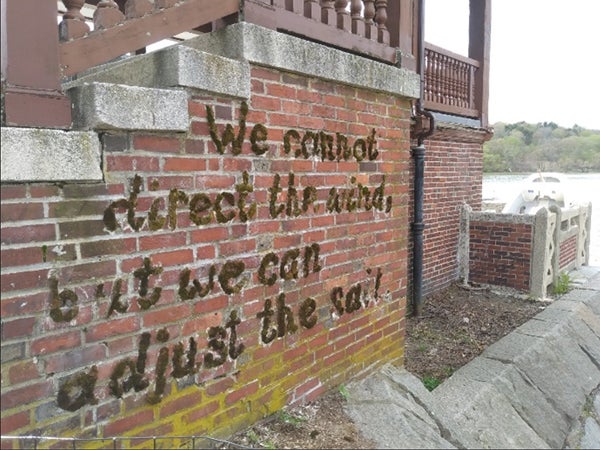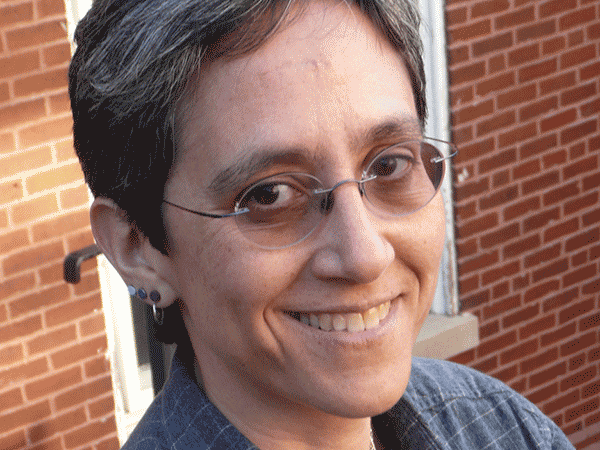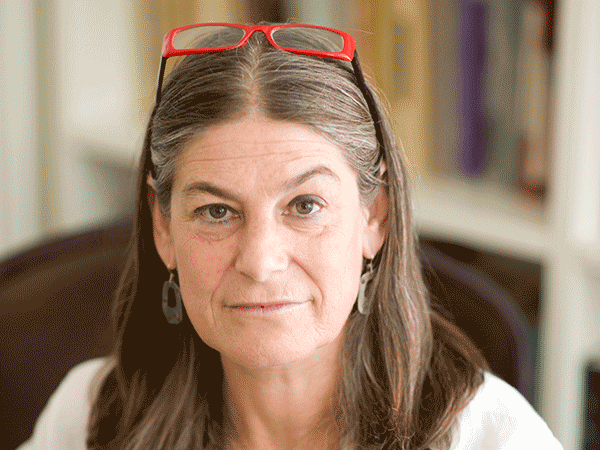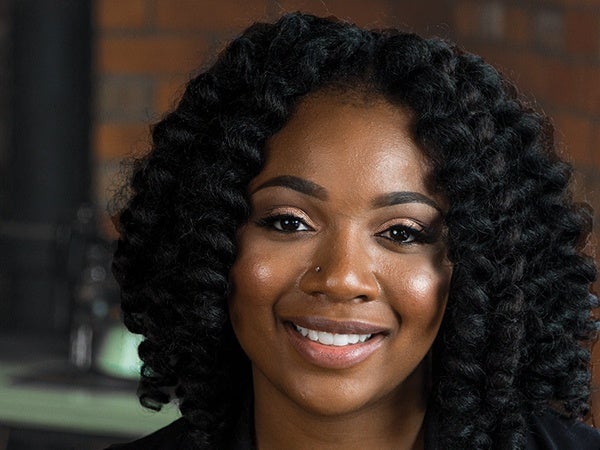A study published in PNAS co-authored by Harvard Bell Fellow Aashish Gupta, PhD, and two other colleagues uses survey data on more than 20 million individuals from nine Indian states (representing approximately half of India’s total population) to estimate life expectancy differences between those from higher-castes (e.g., Hindus) and three marginalized social groups: Adivasis (indigenous peoples), Dalits (oppressed castes), and Muslims.
Paper awarded ‘Highly Cited Trophy’ and ‘Hot Paper’ designation by Clarivate’s Institute for Scientific Information
What started as a Harvard Pop Center Working Paper, and was then published in a COVID-19 supplement in the Journal of Public Health Management & Practice, has been awarded a ‘Highly Cited Trophy’ as well as designated a ‘Hot Paper’ from Clarivate’s Institute for Scientific Information (ISI). The article in JPHMP was cited 107 times in less than one year of publication and is considered to be in the top…
Now in The Lancet: US racial and ethnic data missing for COVID-19 vaccination
Harvard Pop Center Working Paper Vol. 21, No. 1, is now published as a correspondence in The Lancet.
Finally, a look at COVID-19 mortality rates by race/ethnicity AND EDUCATIONAL LEVEL
“Intersectional inequities in COVID-19 mortality by race/ethnicity and education in the United States, January 1, 2020–January 31, 2021,” is the latest Harvard Pop Center working paper by Jarvis Chen, Christian Testa, Pamela Waterman, and Nancy Krieger. On February 2, the US National Center for Health Statistics published data relating to COVID-19 deaths that had been missing from the government health statistics for the first year of the pandemic under the…
1-2-3: Counting the missteps of the U.S. Federal Government’s handling of COVID-19
A new Harvard Pop Center Working Paper assesses the impact of the U.S. Federal Government’s “missteps” regarding the entry, spread and inequities associated with COVID-19. Authors include: William P. Hanage, Christian Testa, Jarvis T. Chen, L. Davis, Elise Pechter, Mauricio Santillana, and Nancy Krieger. Photo credit: Nancy Krieger
The New Yorker magazine features social epidemiologist’s perspective on health inequalities exposed by COVID-19 pandemic
Nancy Krieger shares her perspective as a social epidemiologist in this Q&A in The New Yorker on everything from the difference between inequities in health status vs. inequalities in health care (and what happens when they collide) to the eco-social theory of disease distribution, to the history of social epidemiology, dating back to 1848.
Factoring in structural inequalities in fight against COVID-19
Harvard Pop Center faculty member Nancy Krieger is an author of a pre-print article that examines the U.S. county by county to identify those most vulnerable to the risks of COVID-19 and in greatest need of interventions aimed at minimizing the epidemic’s toll on people’s health and its burden on the healthcare infrastructure.
Lisa Berkman addresses Harvard community in Seattle about widening inequalities and shifting workplace demographics
Harvard Pop Center Director Lisa Berkman joined Harvard University President Larry Bacow in Seattle and addressed nearly 300 alumni and students. Based on her work as a social epidemiologist, Berkman noted “life expectancy in the United States is intricately entwined with the kinds of inequality that we live with.” Learn more in The Harvard Gazette.
Postdoc pens op-ed in The New York Times: “The Myth of the Two-Parent Home”
Postdoctoral Fellow Christina Cross, PhD, shares findings in this op-ed in The New York Times from a recent study that demonstrate that access to socioeconomic resources influences the educational success of black youth more than their family structure (e.g., whether they were raised in a single-parent or two-parent household). The findings could shape improved public policies, given that there are costly welfare programs devoted to marriage promotion initiatives.
Can socializing “up” bring you down?
A study co-authored by Harvard Pop Center faculty member Ichiro Kawachi, MD, PhD, found that in Korea those who socialized with individuals of higher status were more likely to suffer from depressive symptoms. This pattern appeared to be stronger in men, and was more pronounced for those who perceive that society is unfair.
